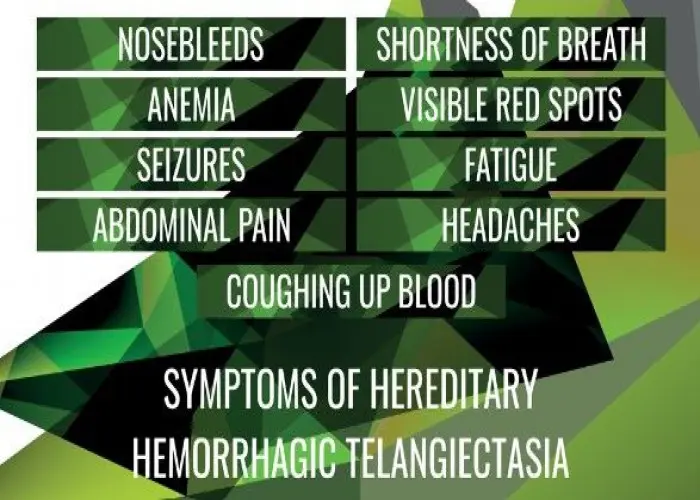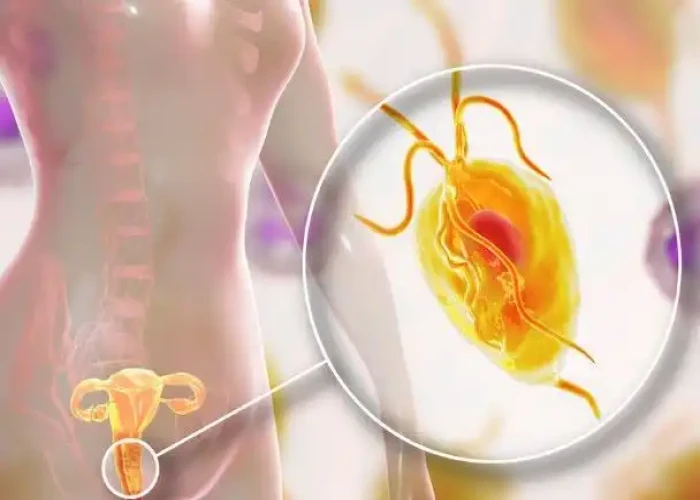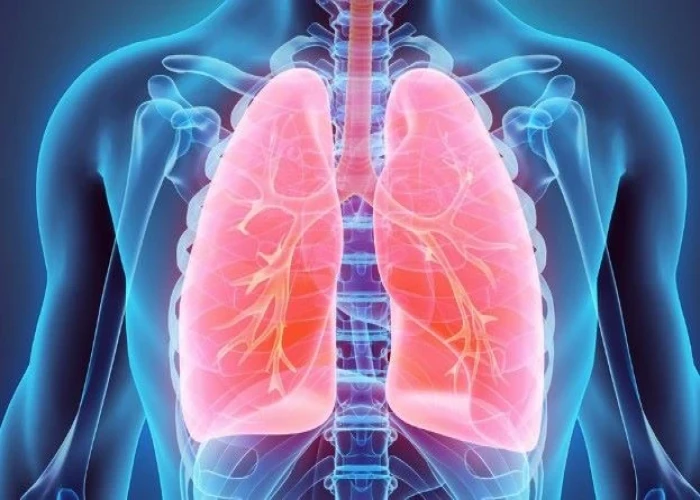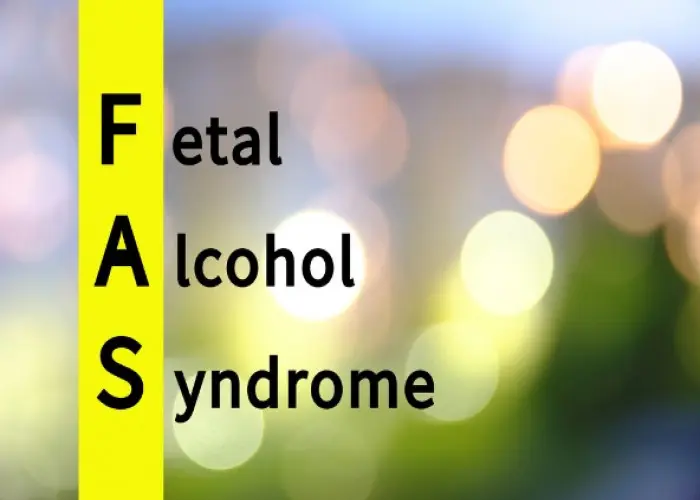 Welcome
Welcome
“May all be happy, may all be healed, may all be at peace and may no one ever suffer."
Hereditary hemorrhagic telangiectasia

Hereditary hemorrhagic telangiectasia (HHT), also known as Osler-Weber-Rendu syndrome, is a genetic disorder that affects blood vessels. HHT is characterized by the development of abnormal blood vessels in various parts of the body, including the skin, mucous membranes, and internal organs.
The most common symptoms of HHT are nosebleeds, which can be severe and recurrent. Other symptoms of HHT may include red or purple spots on the skin, lesions on the lips or tongue, and gastrointestinal bleeding. In some cases, HHT can also cause complications such as stroke, heart failure, or lung disease.
HHT is caused by mutations in certain genes that are responsible for blood vessel development and maintenance. The condition is inherited in an autosomal dominant pattern, which means that a person only needs to inherit one copy of the mutated gene from either parent to develop the condition.
There is currently no cure for HHT, but treatment can help manage the symptoms and prevent complications. Treatment options may include medications to reduce bleeding, laser therapy to treat skin lesions, and surgery to treat severe nosebleeds or other complications. People with HHT should also take steps to manage their condition and reduce their risk of complications, such as avoiding trauma to the affected areas, seeking medical care promptly for bleeding episodes, and undergoing regular screenings and monitoring for complications.
Research Papers
Disease Signs and Symptoms
- Nose bleeding
- Iron deficiency (Anemia)
- Shortness of breath (dyspnea)
- Headaches
- Seizures
- Arm or leg pain is often described as sharp or burning.
Disease Causes
Hereditary hemorrhagic telangiectasia
HHT is a genetic disorder you inherit from your parents. It is an autosomal dominant disorder, which means that if one of your parents has HHT, you have a 50 percent chance of inheriting it. If you have HHT, each of your children has a 50 percent chance of inheriting it from you.
Disease Prevents
Disease Treatments
If you or your child has HHT, seek treatment at a medical center with experience treating it. Because the disorder is uncommon, finding a specialist in HHT can be difficult. In the United States, HHT Centers of Excellence are designated by Cure HHT for their ability to diagnose and treat all aspects of the disorder.
Medications
Drugs that help reduce the bleeding associated with HHT can be divided into three broad categories:
- Hormone-related drugs. Medications containing estrogen can be helpful, but side effects are common with the high doses needed. Anti-estrogens such as tamoxifen (Soltamox) and raloxifene (Evista) also have been used to control HHT.
- Drugs that block blood vessel growth. One of the most promising treatments for HHT is bevacizumab (Avastin) given through a tube in a vein (intravenously). Other drugs that block blood vessel growth are being studied for HHT treatment. Examples include pazopanib (Votrient) and pomalidomide (Pomalyst).
- Drugs that slow the disintegration of clots. Tranexamic acid (Cyklokapron, Lysteda) can help stop extreme bleeding in emergencies and may be useful if taken regularly to prevent bleeding.
If you develop iron deficiency anemia, your doctor may also suggest intravenous iron replacement treatments, which usually are more effective than taking iron pills.
Surgical and other procedures for the nose
Severe nosebleeds are one of the most common signs of HHT. These sometimes occur on a daily basis and can cause so much blood loss that you become anemic and need frequent blood transfusions or iron infusions.
Procedures to reduce the frequency and severity of nosebleeds may include:
- Ablation. This procedure uses energy from lasers or a high-frequency electrical current to seal the abnormal vessels that are causing the nosebleeds. However, this is typically a temporary solution and the nosebleeds eventually recur.
- Skin graft. Your doctor may suggest taking a skin graft from another part of your body, usually the thigh, to transplant inside your nose.
- Surgically closing the nostrils. If nothing else works, connecting flaps of skin within the nose to permanently close the nostrils is often successful. This is done only in extreme cases when other approaches have failed.
Surgical and other procedures for the lungs, brain and liver
The most common organs affected by HHT are the lungs, brain and liver. Procedures to treat AVMs in these organs may include:
- Embolization. In this procedure, a long, slender tube is threaded through your blood vessels to the problem area, where a plug or a metal coil is deployed to block blood from entering the AVM, which eventually shrinks and heals. Embolization is often used for lung and brain AVMs.
- Surgical removal. In some people, the best option is to surgically remove AVMs in the lungs, brain or liver. The location of the AVM, particularly in the brain, can increase the surgical risks.
- Stereotactic radiotherapy. This procedure is used for AVMs in the brain. It employs beams of radiation from many different directions, all intersecting at the AVM to destroy it.
- Liver transplant. Rarely, treatment for AVMs in the liver is a liver transplant.
Disease Diagnoses
Disease Allopathic Generics
Disease Ayurvedic Generics
Disease Homeopathic Generics
Disease yoga
Hereditary hemorrhagic telangiectasia and Learn More about Diseases

Trichomoniasis

West Nile virus

Amnesia

Lung Abesess

Hypothermia

Spina bifida

Inflammatory bowel disease (IBD)

Fetal alcohol syndrome
hereditary hemorrhagic telangiectasia, বংশগত হেমোরজিক তেলঙ্গিকেক্টেসিয়া
To be happy, beautiful, healthy, wealthy, hale and long-lived stay with DM3S.
